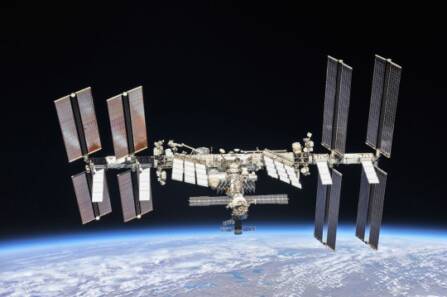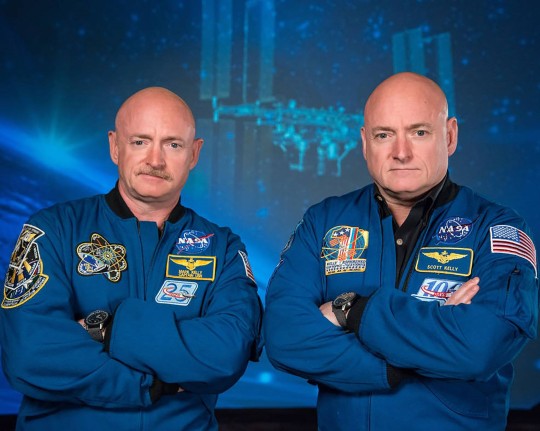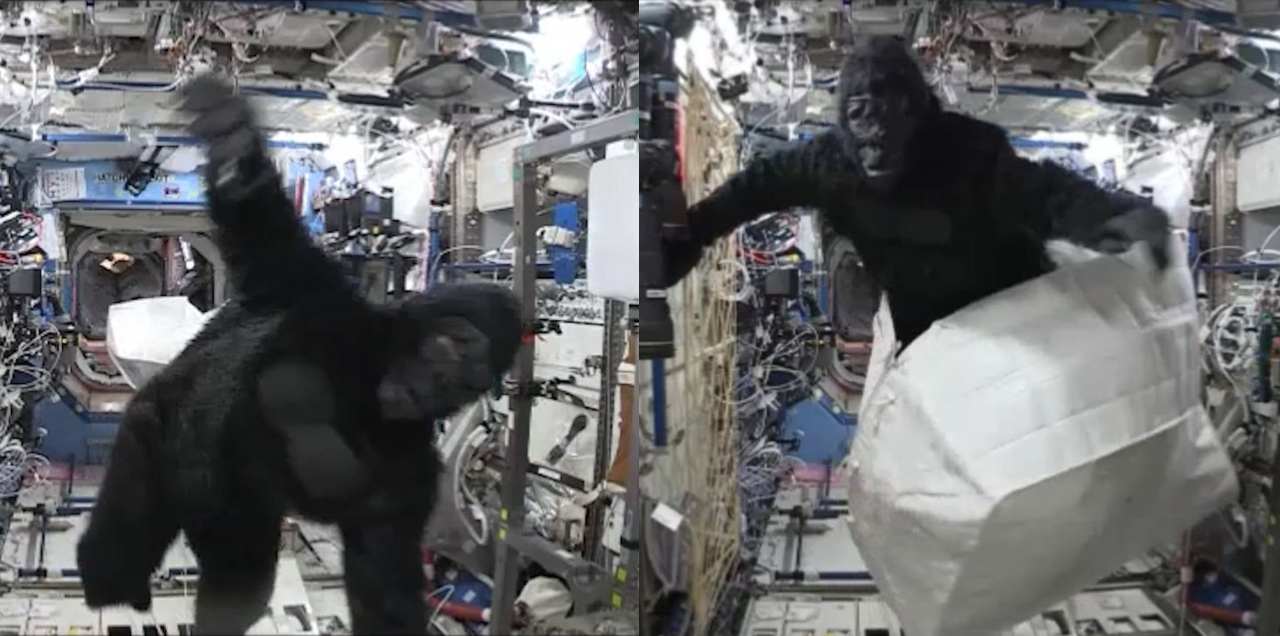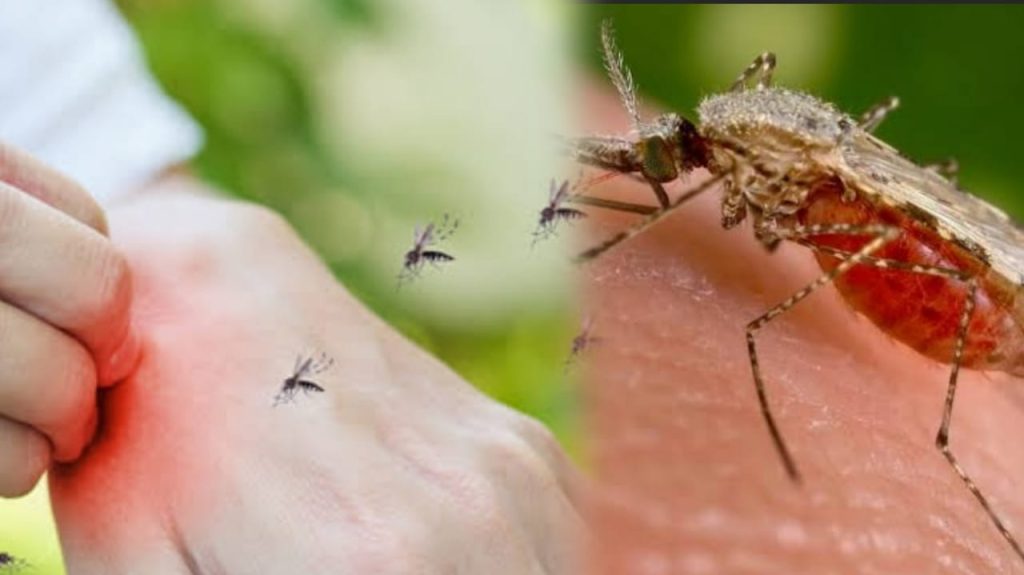In case you have ever wondered what astronauts do in their downtime aboard the International Space Station (ISS), we have the answer for you. Would you believe us if we told you that they dress up in a gorilla suit and scare the bejesus out of their crewmates?
At least, that is what NASA astronaut Scott Kelly did back in 2016 when he was aboard the orbiting space lab with non-other than Britain’s Tim Peake.

While this may be a few years old, the story was brought back into the limelight this week when footage of Kelly drifting about in the suit was shared on Twitter by filmmaker Todd Spence.
Having been retweeted more than 30,000 times, Spence’s tweet gets a couple of things wrong, but it captures a funny side to the usually-very-serious business of being an astronaut. The video shows the first Brit aboard the space station being chased around by Kelly in full monkey mode.
“Astronaut Mark Kelly once smuggled a full gorilla suit onboard the International Space Station,” Todd tweeted. “He didn’t tell anyone about it. One day, without anyone knowing, he put it on.”
Check out the video:
It was actually Mark’s identical twin brother Scott who wore the suit. Also, he did not exactly smuggle it, but it was a care package sent to him by Mark (also an astronaut) who was on Earth at the time.
The gorilla suit was sent upon a resupply mission while Scott was aboard the ISS for a year in space. Additionally, after climbing into a soft-side storage container that was checked by Tim Peake.
“Needed a little humor to lighten up a #YearInSpace. Go big, or go home. I think I’ll do both. #SpaceApe,” Kelly had tweeted at the time.
While Peake spent six months aboard the ISS, Kelly spent a total of 340 days in space. That amounted to 5,000 orbits around the Earth.
The purpose of his time aboard the space station was to study what effects prolonged time in space had on the human body. He was measured against Mark, his twin, who remained on Earth. Mark agreed to take part in many of the same medical experiments as his orbiting sibling.

Using data collected from both men before, during, and after the 340-day mission, US scientists carried out 10 separate investigations.
Their findings, published in the journal Science, detail the human health impact of NASA’s longest human spaceflight, with several changes identified in Scott which were not seen in his brother. Some of these effects persisted after his time in space but many subsided in the following six months.
A Muslim astronaut earlier also revealed how to offer namaz in space. You must also check out the unseen NASA photographs that reveal the beauty of outer space.
What do you think of this story? Let us know in the comments section below.















